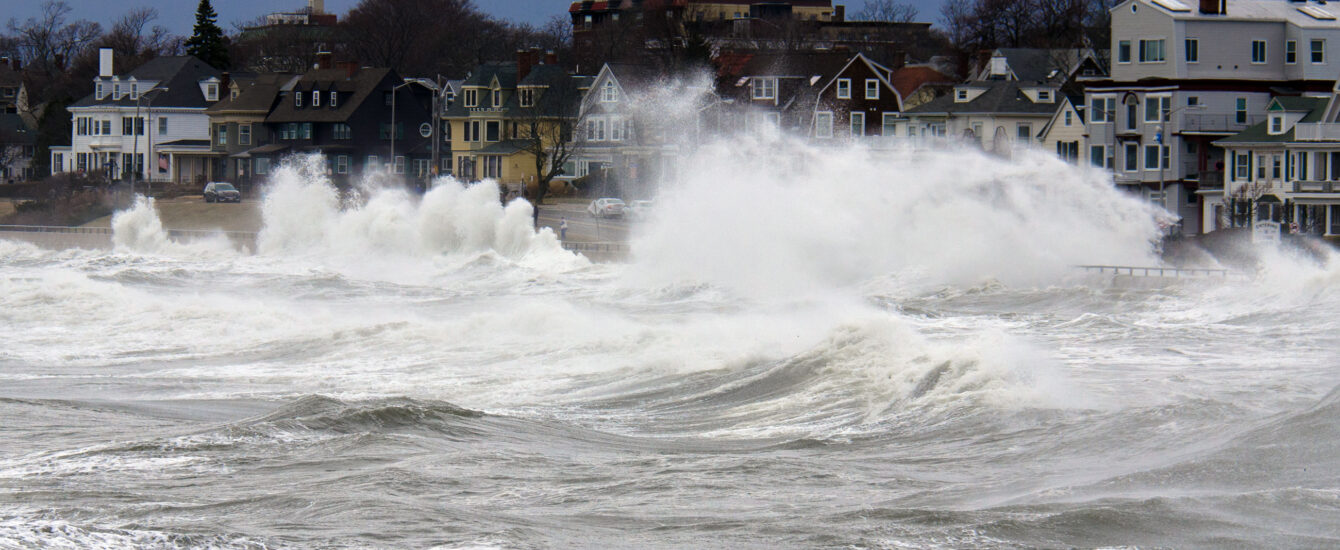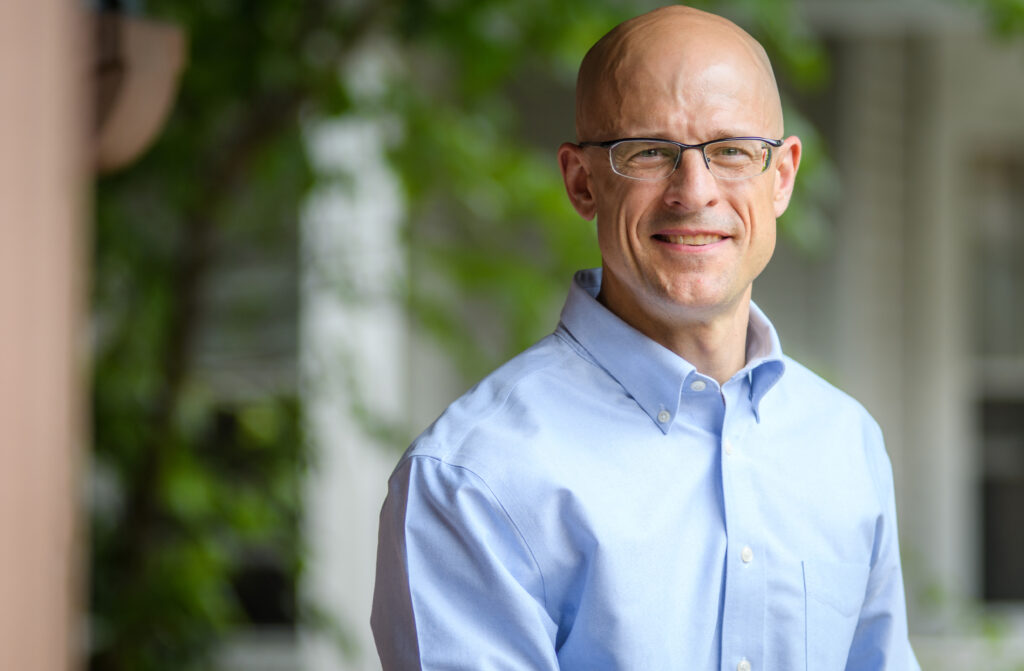
How can New England coastal communities best develop climate resilience?
A two-year study co-led by Clark environmental economist Robert Johnston is applying machine learning to understand the types of community engagement and capacity-building activities that best support storm readiness of coastal communities.
This ongoing project supports the efforts of New England communities to protect themselves from extreme-weather and climate disasters that have cost the United States $400 billion since 1980. The study was recently highlighted by the National Oceanic and Atmospheric Administration (NOAA) based on its potential for real-world impact.
Coastal communities face hazards due to elements such as extreme weather and flooding. In response, public and private organizations have developed engagement and capacity-building programs to help support adaptation planning and implementation. For example, the Community Resilience Building (CRB) process, developed in partnership with NOAA and managed by the Nature Conservancy since 2008, has sought to advance resilience within hundreds of municipalities over 14 states.
“Do communities that participate in these programs adapt differently? And if so, what are the positive outcomes?”
— robert johnston
Funded with a $300,000 grant from the Adaptation Sciences Program, part of NOAA’s Climate Program Office, the project, “Evaluating Social, Economic and Environmental Outcomes of Community-Based Coastal Adaptation Engagements: An Integrated Economics and Machine-Learning Framework,” will evaluate and predict the extent to which community engagement and capacity-building activities such as these lead to observable improvements in adaptation.
The study focuses on hundreds of inland and coastal communities throughout New England and involves co-principal investigators Klaus Moeltner of Virginia Tech University and Adam Whelchel of The Nature Conservancy.

Programs such as CRB organize conversations with stakeholders around climate vulnerabilities and challenges and “lay out a path for how the community can adapt to these threats,” according to Johnston, director of Clark’s George Perkins Marsh Institute, which is affiliated with the School of Climate, Environment, and Society. “But are engagements effective? Do communities that participate in these programs adapt differently? And if so, what are the positive outcomes?”
To answer these questions, the team is using machine learning methods called “causal forests” — which examine the causal relationships between data — to compare adaptation outcomes over hundreds of communities that either did or did not participate in the CRB process.
To support this modeling, the team is collating data from multiple sources, including hazard mitigation plans developed by each community under regulations and guidance overseen by the Federal Emergency Management Association (FEMA).
“The goal is to identify measurable differences in adaptation that result from CRB participation,” Johnston says, “controlling for other differences across these communities.
“For example, when measuring the outcomes of CRB participation, we have to control for the possibility that some types of communities might be more likely to participate in CRB in the first place — and these differences might also affect how communities adapt.”
Based on the results, the team will coordinate with federal, state, and local officials to help them understand what types of community engagements are most effective.
Increasing damages from powerful storms and other coastal hazards “underscores the need for greater research that will help society build resilience and enhanced risk management into their planning and preparedness efforts,” according to the Adaptation Sciences Program, which awarded eight grants totaling nearly $2.4 million to build the nation’s climate resilience.
“Substantial improvements,” it says, “are necessary in monitoring, evaluation, and assessment of effective adaptive actions, as well as the development of climate services to best support them.”


